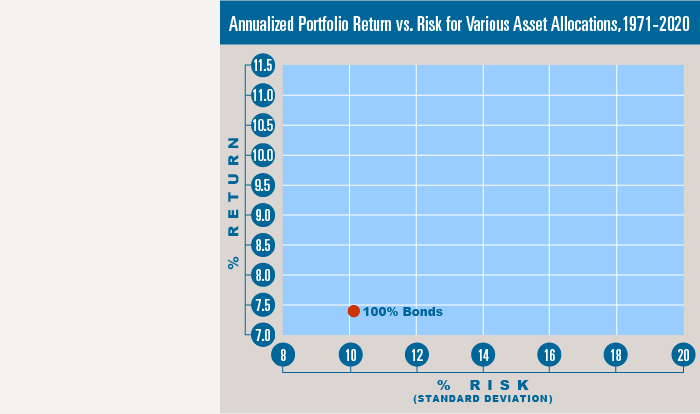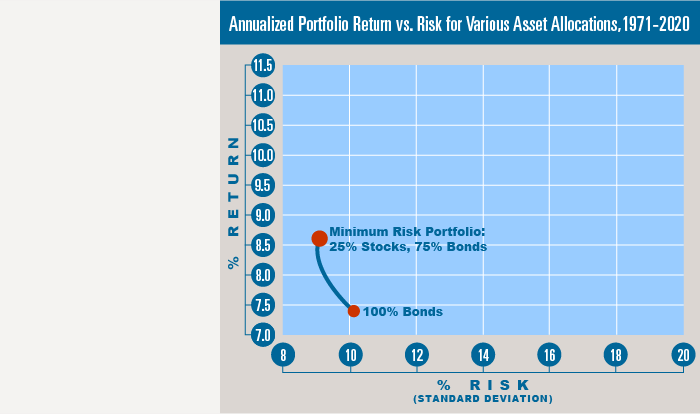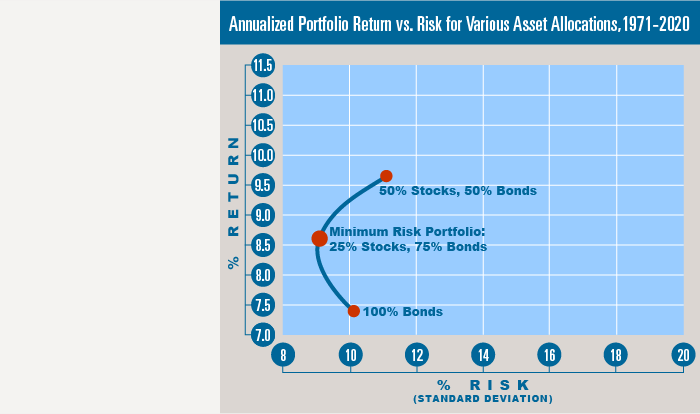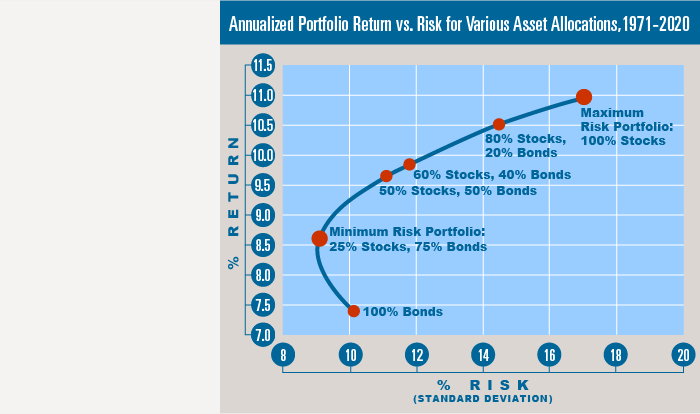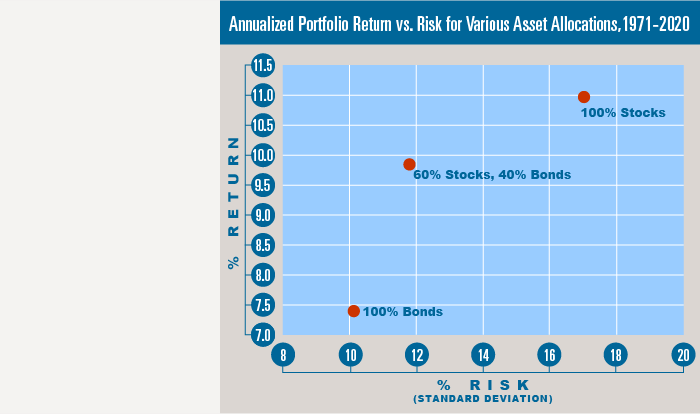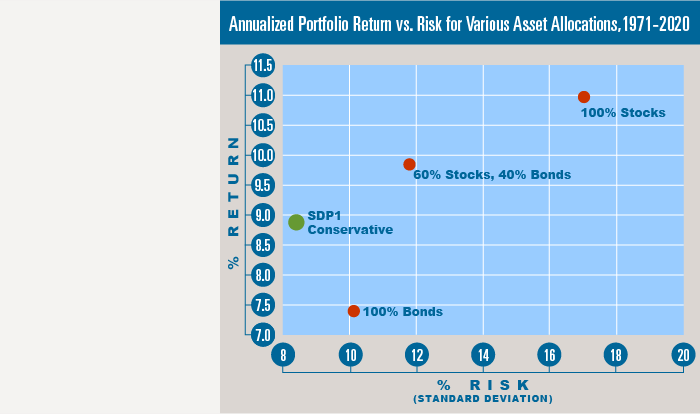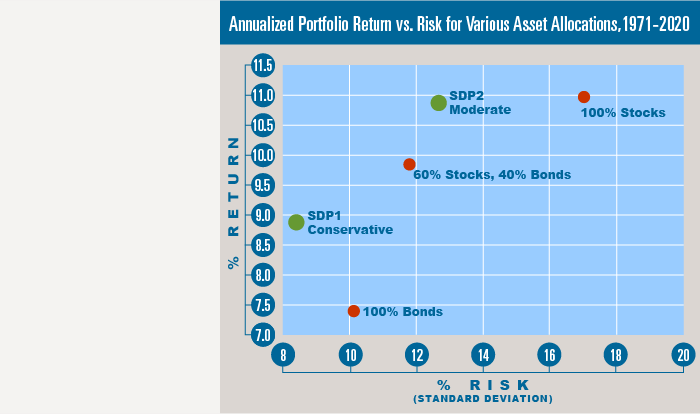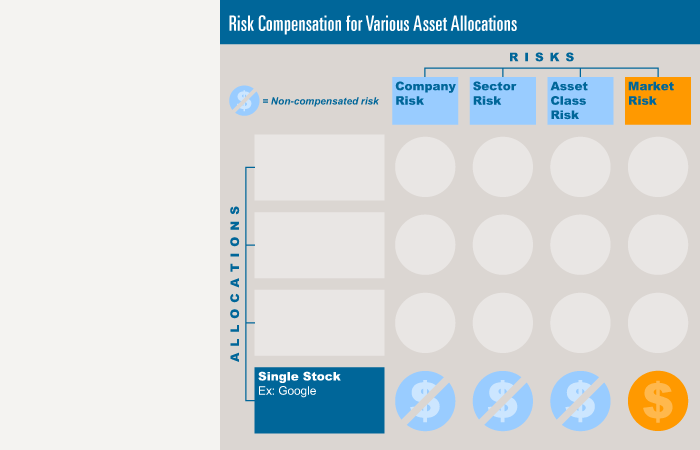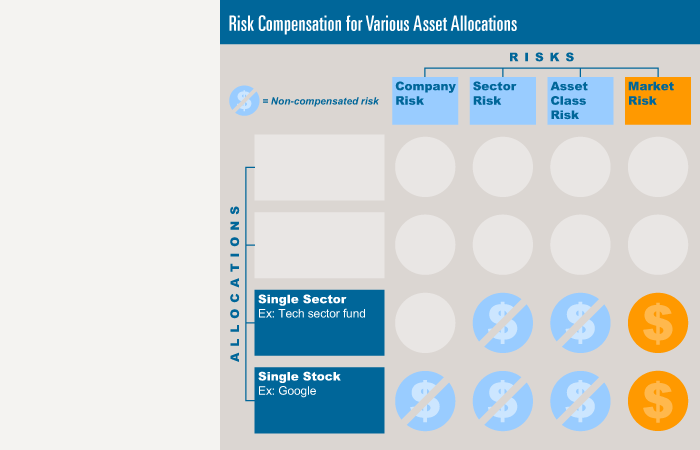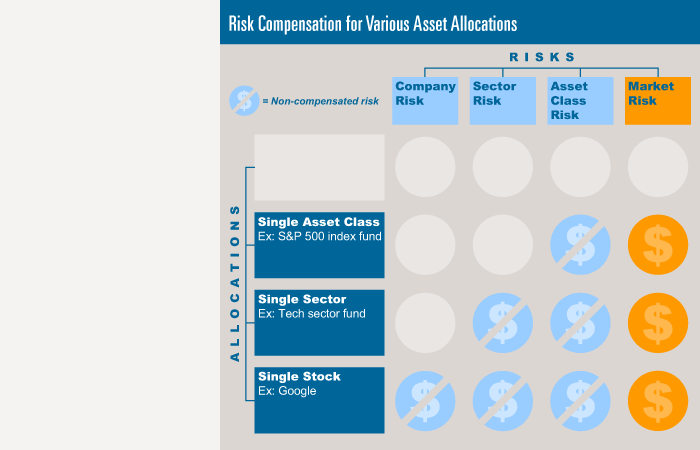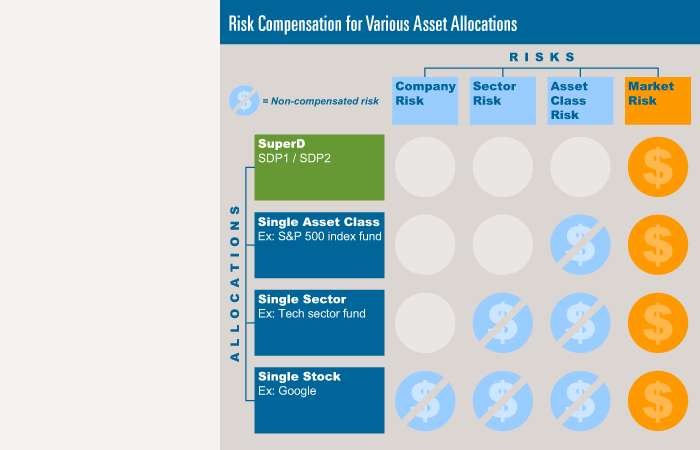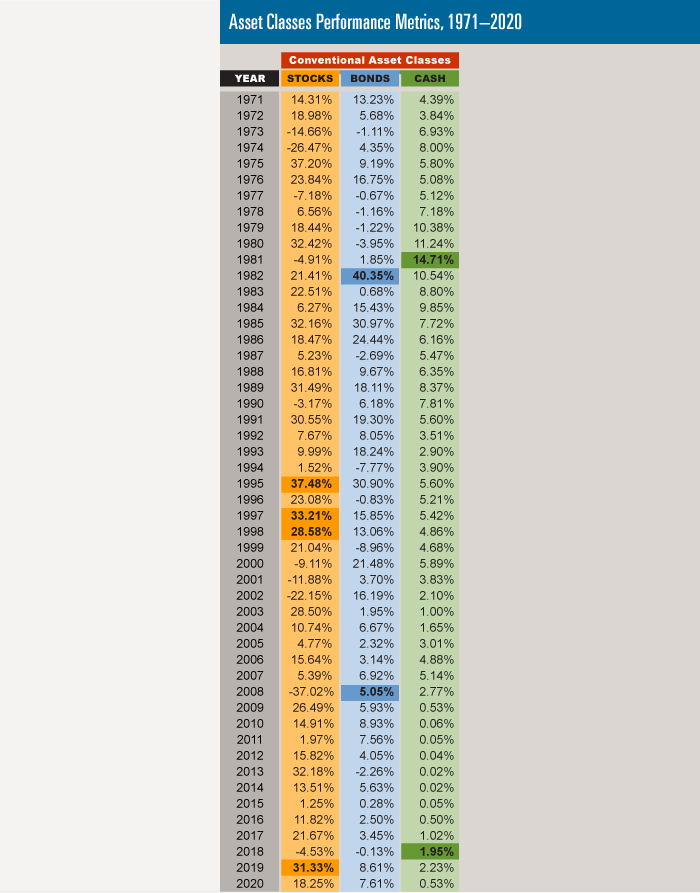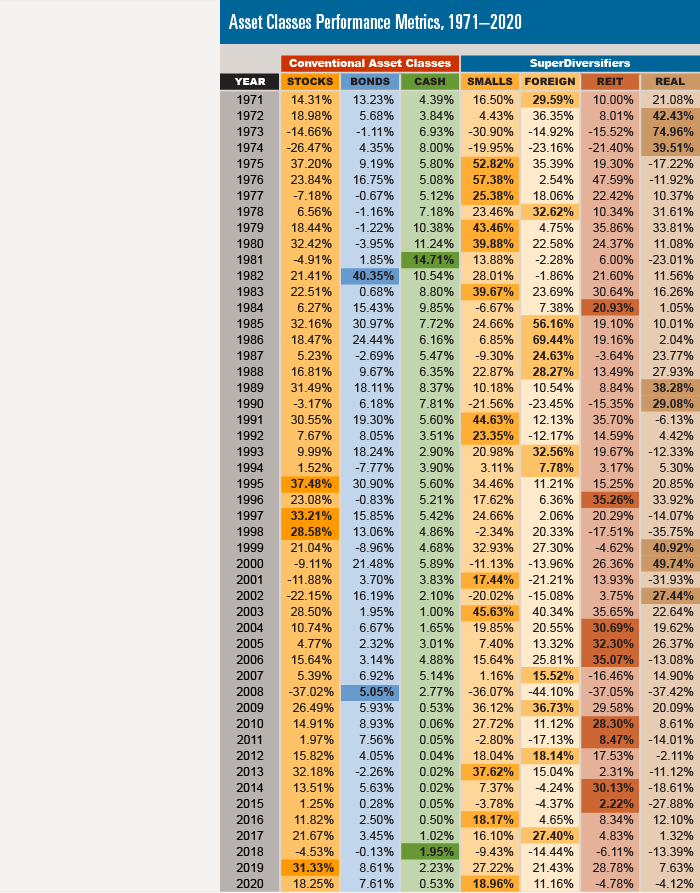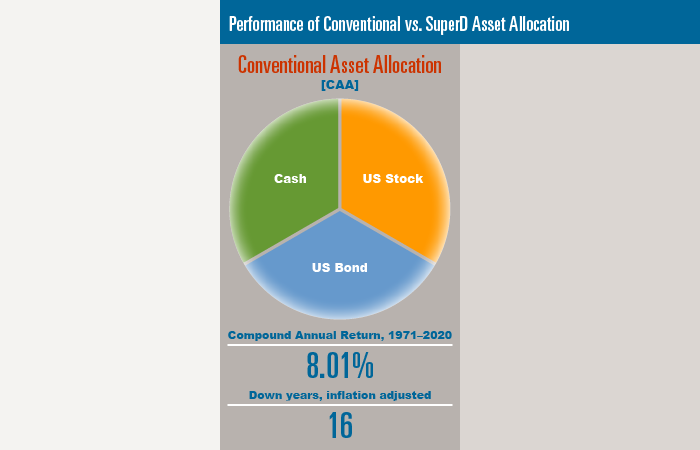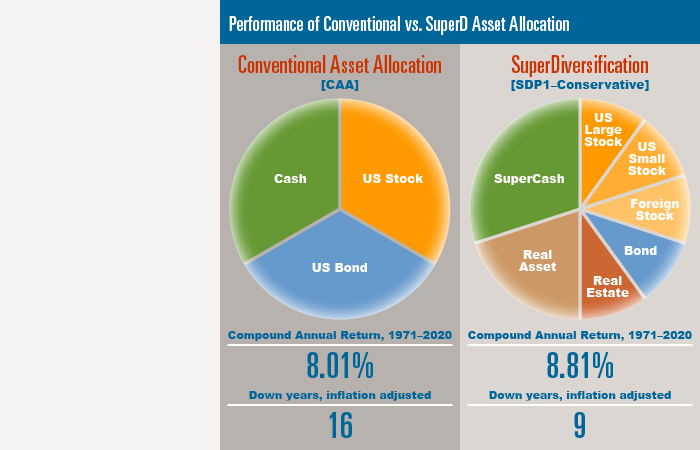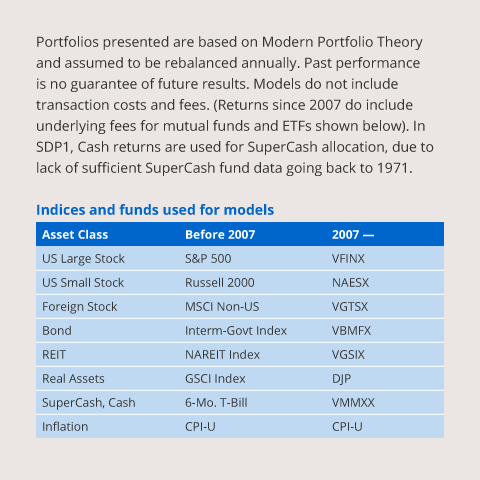Privacy Policy
Seasonal Strategy requires that you provide current and accurate financial and personal information. Seasonal Strategy will protect the information you have provided in a manner that is safe, secure and professional. Seasonal Strategy is committed to protecting your privacy and to safeguarding that information.
Safeguarding Customer Documents
Seasonal Strategy collects non-public customer data in checklists, forms, in written notations, and in documentation provided by clients for evaluation, registration, and licensing or related consulting services. Internal lists of such data may be created.
During regular business hours access to customer records is monitored so that only the principal, Robert Gavrich, has access to the files. During non-business hours, sensitive current customer records are secure: in addition to restricted access to the office via lobby security and keyed-only access, hard files within the office are kept in locked, separately-keyed cabinets and electronic records are password protected on a hard-drive that is also secured against physical removal. Back-up electronic data and archived records may be kept in a secure off-site location, available only to the principal or his agents, in case of an emergency. Archived records may be viewed by clients with adequate notice for their retrieval. Only individuals so authorized can obtain or seek to obtain personal and financial customer information without illegal access and force.
Sharing Nonpublic Personal and Financial Information
Seasonal Strategy is committed to the protection and privacy of its customers’ and consumers’ personal and financial information. Seasonal Strategy will not share such information with any affiliated or nonaffiliated third party except:
- When necessary to complete a transaction in a customer account, such as with the clearing firm or account custodians;
- When required to maintain or service a customer account;
- To resolve customer disputes or inquiries;
- With persons acting in a fiduciary or representative capacity on behalf of the customer;
- With rating agencies, persons assessing compliance with industry standards, or to the attorneys, accountants and auditors of the firm;
- In connection with a sale or merger of Seasonal Strategy’s business;
- To protect against or prevent actual or potential fraud, identity theft, unauthorized transactions, claims or other liability;
- To comply with federal, state or local laws, rules and other applicable legal requirements;
- In connection with a written agreement to provide investment management or advisory services when the information is released for the sole purpose of providing the products or services covered by the agreement;
- In any circumstances with the customer’s instruction or consent; or
- Pursuant to any other exceptions enumerated in the California Information Privacy Act.
Opt-Out Provisions
It is not a policy of Seasonal Strategy to share nonpublic personal and financial information with affiliated or unaffiliated third parties except under the circumstances noted above. Since sharing under the circumstances noted above is necessary to service customer accounts or is mandated by law, there are no allowances made for clients to opt out.


